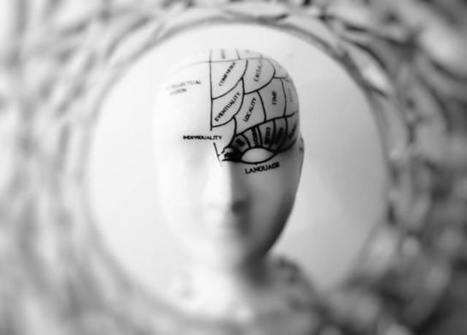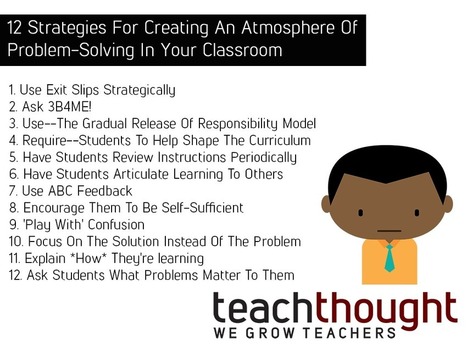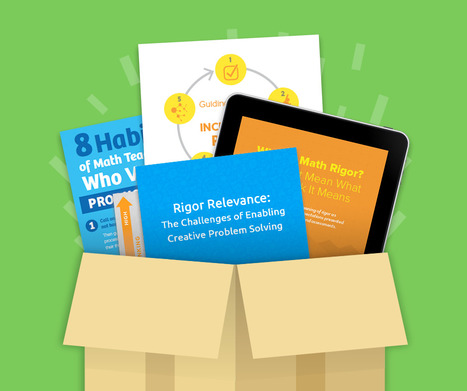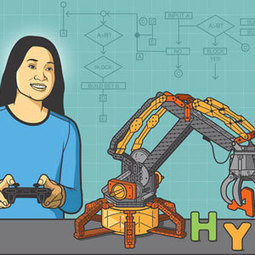While this definition, and these strategies, tend to frame “flexible” thought as a departure from one’s normal way of thinking, a more comprehensive definition might account for the efficiency of that normal way of thinking as well: how flexibly can we engage various parts of our brain to respond to a task, whether or not the task requires us to think “differently”?
Via Nik Peachey



 Your new post is loading...
Your new post is loading...















Well worth reading and with some useful suggestions for exercises at the end.